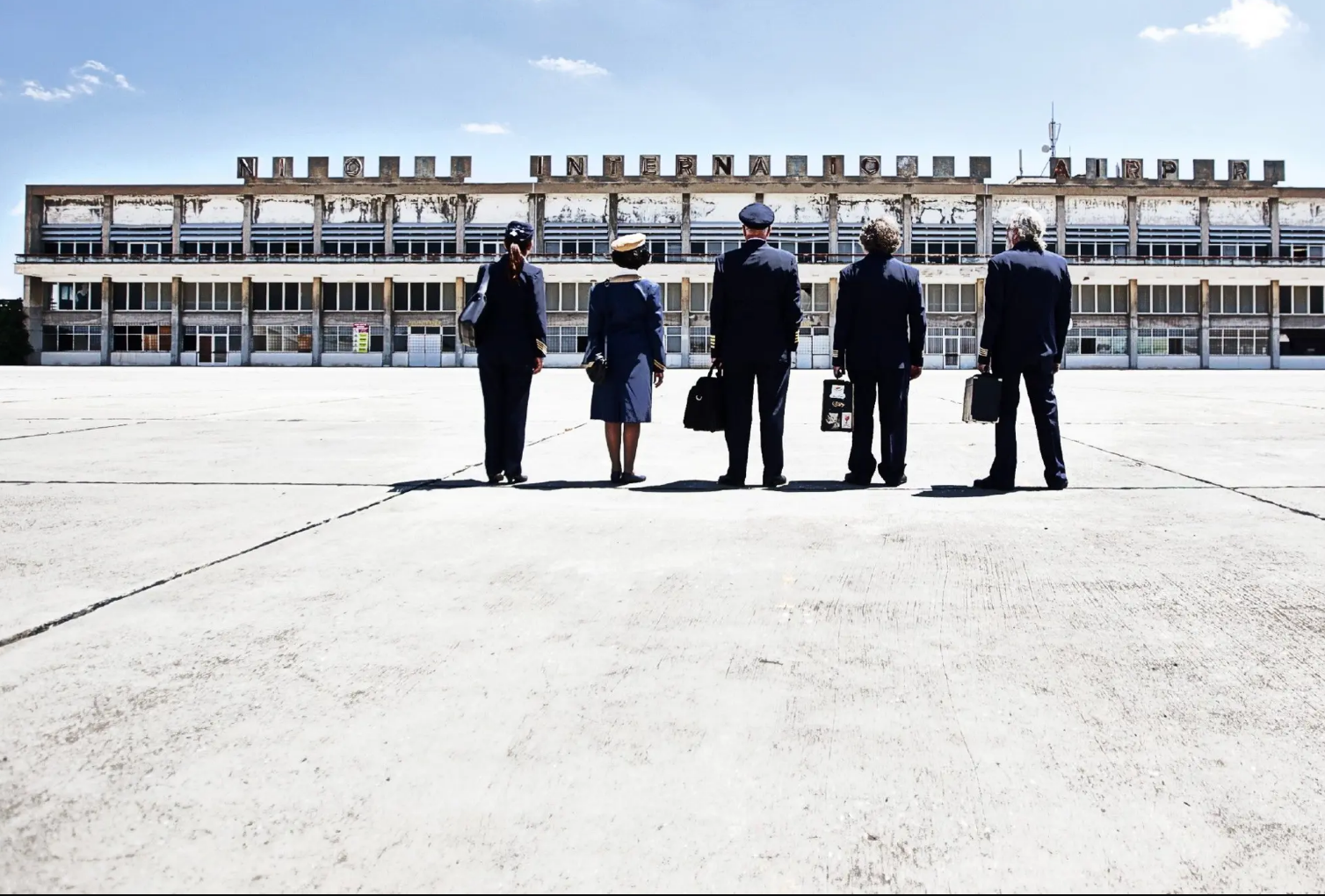Ceramics and stone tools and objects, dating to the Late Bronze Age, have been unearthed in Pitharka, a site that appears to have been peacefully abandoned by its settlers.
Pitharka site, which is located in the area of Erimi village, in Limassol, “can be dated to the Late Bronze Age”, an announcement from the Department of Antiquities said on Monday.
“This is especially evidenced by the fine ware pottery, which includes base ring, white slip, white painted wheelmade and Aegean-type wares. Below the colluvial soil and top cultural layer, the archaeological contexts are fairly secure, and there is little disturbance from later periods,” it said.
Study of the site revealed several phases at Pitharka, all within the Late Bronze Age, except for pottery sherds, which point to an even earlier presence at the site.
“The finds primarily consist of ceramics, with a predominance of pithos and plain white wares, along with coarse/cooking ware, and lower amounts of fine and imported wares and worked stone tools and objects, such as grinding slabs, grinders, pestles, basins, gaming stones and mortars,” the department said.
“Pitharka appears to have been peacefully abandoned: there is much collapse of walls, but no evidence of burnt destruction.”
Rooms and spaces have generally been emptied, with relatively few finds, mainly consisting of ceramic sherds and less mobile items, such as pithoi and groundstone tools, suggesting that the inhabitants had ample time to leave the site.
The Pitharka project is run by the University of Graz, in collaboration with Cardinal Stefan Wyszynski University.
The 2024 excavations ran from April 29 to June 7 and were carried out by an international team of staff and students, under professor Laerke Recht.
They were mainly funded by the University of Graz and a Rust Family Foundation Grant.
The excavations revealed an additional section of the large building complex discovered in earlier excavations, in 2007-2012, and expanded in the new excavations since 2022.
This section includes several rooms of various sizes and depths, along with open and semi-open spaces.
Many of the spaces were constructed using a combination of cutting into the natural bedrock, drystone walls and upper mudbrick walls.
The stone walls are generally up to 80cm wide and are usually well-constructed.
Findings in some rooms and courtyards included steps, a bench, a partially preserved plaster floor, a stone weight for an olive press, a range of grindstone tools, a crushed Canaanite jar, a column base and a stone basin.







Click here to change your cookie preferences